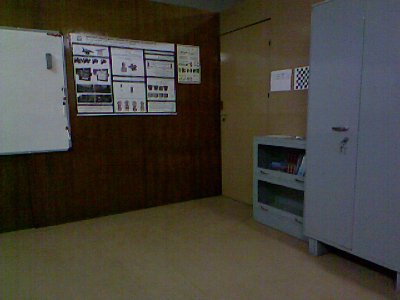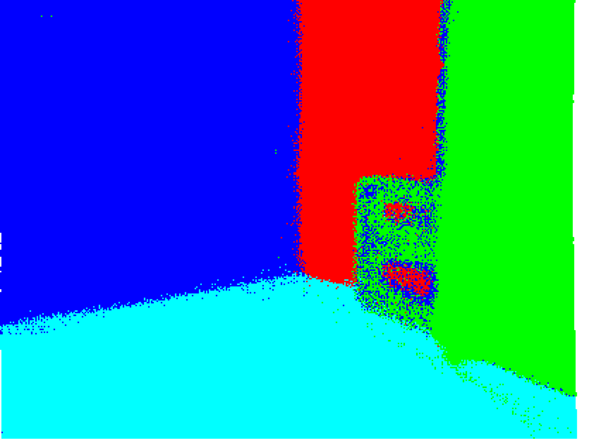The higher-order clustering problem arises when data is drawn from multiple subspaces or when observations fit a higher-order parametric model. Most solutions to this problem either decompose higher-order similarity measures for use in spectral clustering or explicitly use low-rank matrix representations. In this project we present our approach of Sparse Grassmann Clustering (SGC) that combines attributes of both categories. While we decompose the higherorder similarity tensor, we cluster data by directly finding a low dimensional representation without explicitly building a similarity matrix. By exploiting recent advances in online estimation on the Grassmann manifold (GROUSE) we develop an efficient and accurate algorithm that works with individual columns of similarities or partial observations thereof. Since it avoids the storage and decomposition of large similarity matrices, our method is efficient, scalable and has low memory requirements even for large-scale data. We demonstrate the performance of our sgc method on a variety of segmentation problems including planar segmentation of Kinect depth maps (Figure 1) and motion segmentation of the Hopkins 155 dataset (Table 1) for which we achieve performance comparable to the state-of-the-art.
| Method | LSA | SCC | LRR-H | LRSC | SSC | SGC |
| 2 Motions | ||||||
| Mean | 4.23 | 2.89 | 2.13 | 3.69 | 1.52 | 1.03 |
| Median | 0.56 | 0.00 | 0.00 | 0.29 | 0.00 | 0.00 |
| 3 Motions | ||||||
| Mean | 7.02 | 8.25 | 4.03 | 7.69 | 4.40 | 5.53 |
| Median | 1.45 | 0.24 | 1.43 | 3.80 | 0.56 | 0.35 |
| All | ||||||
| Mean | 4.86 | 4.10 | 2.56 | 4.59 | 2.18 | 2.05 |
| Median | 0.89 | 0.00 | 0.00 | 0.60 | 0.00 | 0.00 |
Table 1. Clustering error in percentage for the Hopkins 155 dataset.
Publications
- Efficient Higher-Order Clustering on the Grassmann Manifold , In 2013 IEEE International Conference on Computer Vision (ICCV), 2013. [bibtex] [pdf]


